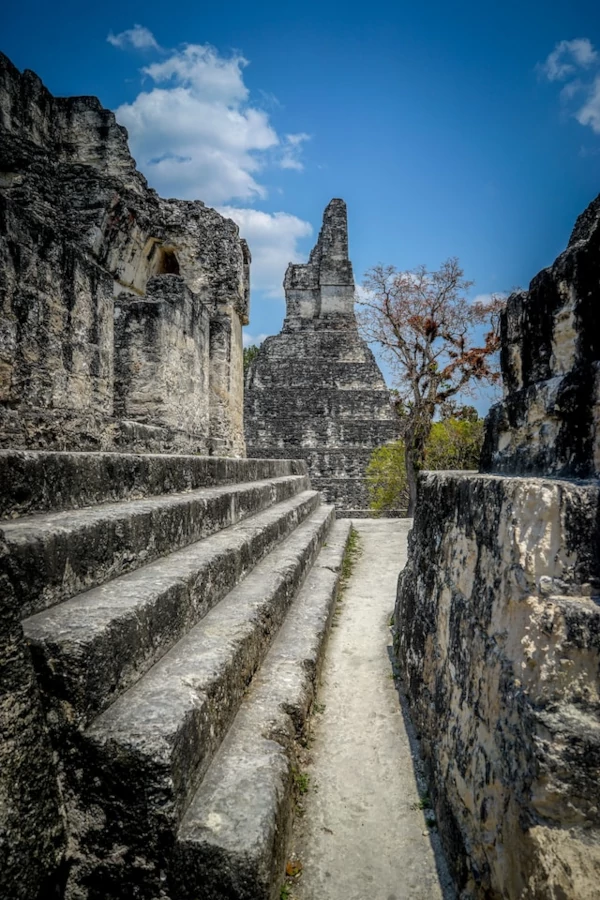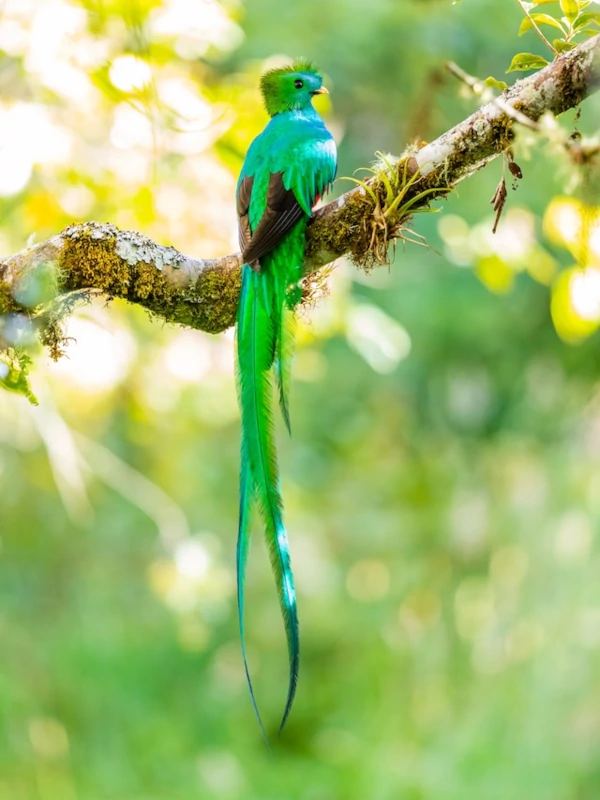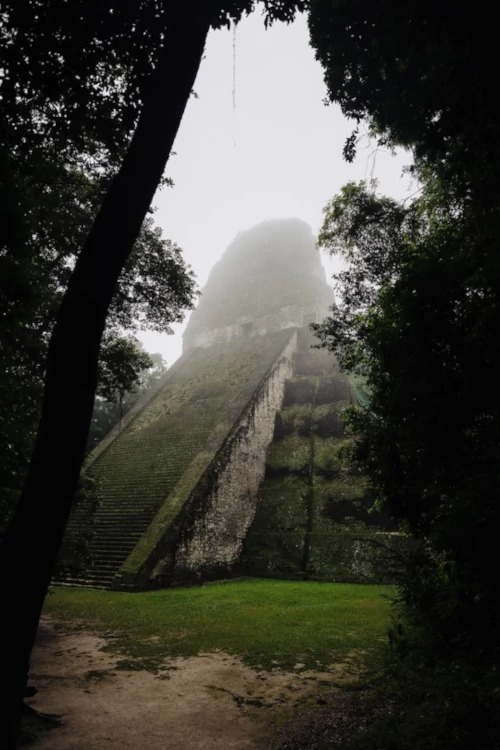At the heart of Tikal National Park lies a treasure of archaeological marvels. Towering pyramids and mysterious temples rise against the backdrop of lush rainforests, painting a picture of a civilization deeply connected to its natural surroundings. The echoes of ceremonial rituals, scientific achievements, and artistic endeavors resound through the stone structures, offering a glimpse into the ingenuity of the Mayan people.
Exploration within the park is an adventure of discovery. Walk along pathways that wind through dense vegetation, leading you to hidden plazas, intricate carvings, and awe-inspiring altars. Ascend to the tops of pyramids and be rewarded with panoramic views of the surrounding landscape, a testament to the Mayans' profound understanding of astronomy and architecture.
Yet, Tikal National Park isn't just a historical site; it's also a thriving ecosystem that supports a diverse range of flora and fauna. Amidst the towering trees and lush undergrowth, you may encounter exotic bird species, monkeys, and tropical flowers. The harmonious coexistence of cultural heritage and natural abundance adds depth to the park's allure, making a visit to Tikal an experience that transcends time and offers a deeper connection to both the past and the present.








